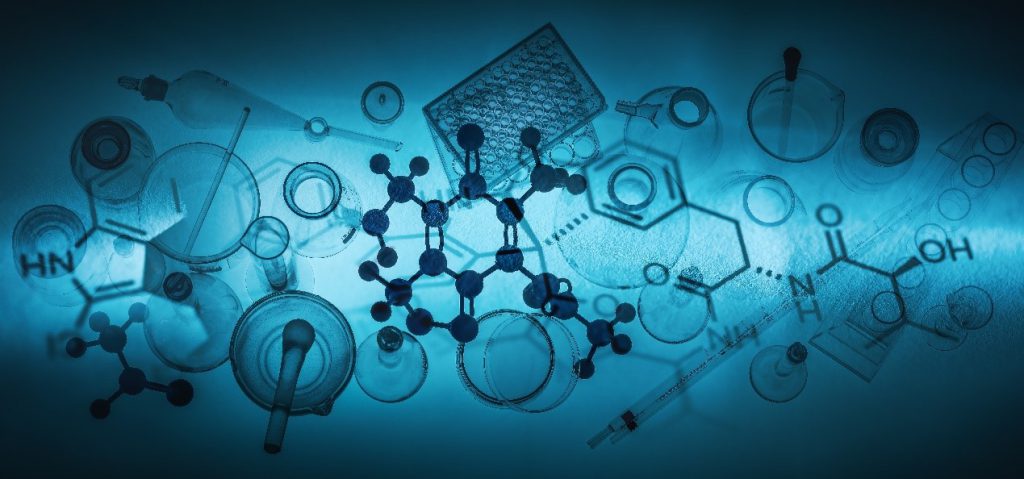
Recently, a research team found that non-toxic concentrations of silver nanoparticles can antagonize the genotoxicity induced by arsenic by reducing the bioaccumulation of heavy metal arsenic in mammalian cells and enhancing the anti-oxidant ability in the cells. Related research results were published in Journal of Hazardous Materials with the title of Silver nanoparticles protect against arsenic induced genotoxicity via attenuating arsenic bioaccumulation and elevating antioxidation in mammalian cells.
Arsenic is one of the most toxic inorganic pollutants in the environment. In 2012, the International Agency for Research on Cancer listed arsenic and its compounds as Class I carcinogens. At present, the commonly used antidote for arsenic poisoning in clinics are dimercaptopropanol, sodium dimercaptopropanesulfonate, sodium dimercaptobutane disodium, etc. However, these non-specific antidotes usually have toxic side effects in treatment. Therefore, there is an urgent need to develop a novel, safe and efficient method to reduce the harm of arsenic to organisms.
This new study aimed to investigate the protective effects of silver nanoparticles (AgNPs) at non-toxic concentrations on As(Ⅲ) induced genotoxicity and the underlying mechanism. The research data showed that AgNPs pretreatment significantly inhibited the generation of phosphorylated histone H2AX (γ-H2AX, marker of nuclear DNA double strand breaks) and the mutation frequencies induced by As(Ⅲ) exposure.
Atomic fluorescence spectrometer (AFS) and laser ablation-inductively coupled plasma-mass spectrometry (LA-ICP-MS) analysis revealed that the intracellular accumulation of As(Ⅲ) in human-hamster hybrid AL cells was declined by AgNPs via suppressing the expression of specific As(Ⅲ)-binding protein (Gal-1). Moreover, the activities of antioxidant enzymes were greatly up-regulated by AgNPs, which eventually inhibited the generation of reactive oxygen species (ROS) induced by As(Ⅲ) and the downstream stress-activated protein kinases/c-Jun amino-terminal kinases (SAPK/JNK) signaling pathway.
These results provided clear evidence that AgNPs dramatically suppressed the genotoxic response of As(Ⅲ) in mammalian cells via decreasing As(Ⅲ) bioaccumulation and elevating intracellular antioxidation, which might provide a new clue for AgNPs applications in As(Ⅲ) detoxification.
About the author
Nanoparticles have various uses in biomedical applications; they can act as anticancer diagnostic agents by targeting, sensing, and imaging as well as drug delivery systems in conjunction with photodynamic therapy. Engineered silver nanoparticles (AgNPs) have received a great deal of attention in mechanosensitive-based chemotherapies, immunotherapies, drug delivery mechanisms, and nanomedicine. As a leading manufacturer and supplier of various nanoparticles, CD Bioparticles provides a comprehensive list of silver nanoparticles with different surface properties in multiple sizes. Silver nanoparticles produced with our proprietary protocols are highly monodisperse with a narrow size distribution, and can be applied in the nanotoxicology research, sensor Development, Metal-Enhanced Fluorescence (MEF), Surface Enhance Raman Spectroscopy (SERS), and Dark Field Microscopy.
References
Wang, X., Nie, Y., Si, B., Wang, T., Hei, T. K., Du, H., … & Liu, Y. (2021). Silver nanoparticles protect against arsenic induced genotoxicity via attenuating arsenic bioaccumulation and elevating antioxidation in mammalian cells. Journal of Hazardous Materials, 125287.
Raja, G., Jang, Y. K., Suh, J. S., Kim, H. S., Ahn, S. H., & Kim, T. J. (2020). Microcellular environmental regulation of silver nanoparticles in cancer therapy: A critical review. Cancers, 12(3), 664.
